Nearly 500 cruise ship passengers were evacuated by helicopter in a dramatic rescue operation in Norway this weekend.
According to Viking Cruises, 479 passengers were airlifted from the Viking Sky before the vessel was able to transit to Molde, Norway, where it docked safely with its remaining 436 guests and 458 crewmembers at 4:30 p.m. local time on Sunday, March 24.
The Norway Joint Operations Center (Hovedredningssentralen, or HRS) tweeted that the vessel issued a mayday call from Hustadvika Bay on the afternoon of March 23, reporting engine problems in bad weather that was driving it toward the shore.
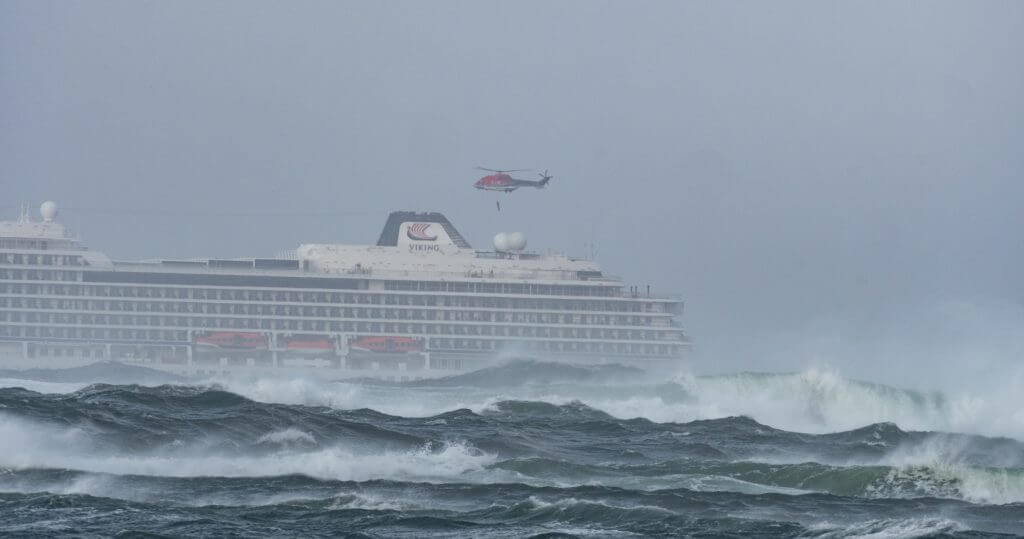
HRS dispatched five helicopters and a number of vessels to the scene to begin evacuating passengers. The Associated Press reported that rescuers were working in “extremely difficult circumstances,” with wind gusts up to 38 knots (43 miles per hour) and waves over eight meters (26 feet).
CHC Helicopter Norway contributed four helicopters to the rescue effort: two all-weather search-and-rescue-configured Sikorsky S-92s and two Airbus AS332s. According to a CHC spokesperson, HRS requested the company’s assistance at 2 p.m. on March 23.
“Within 30 minutes, our first aircraft arrived to begin hoisting passengers off the cruise ship. We were able to hoist 15 passengers off the ship per mission,” the spokesperson wrote in an email to Vertical.
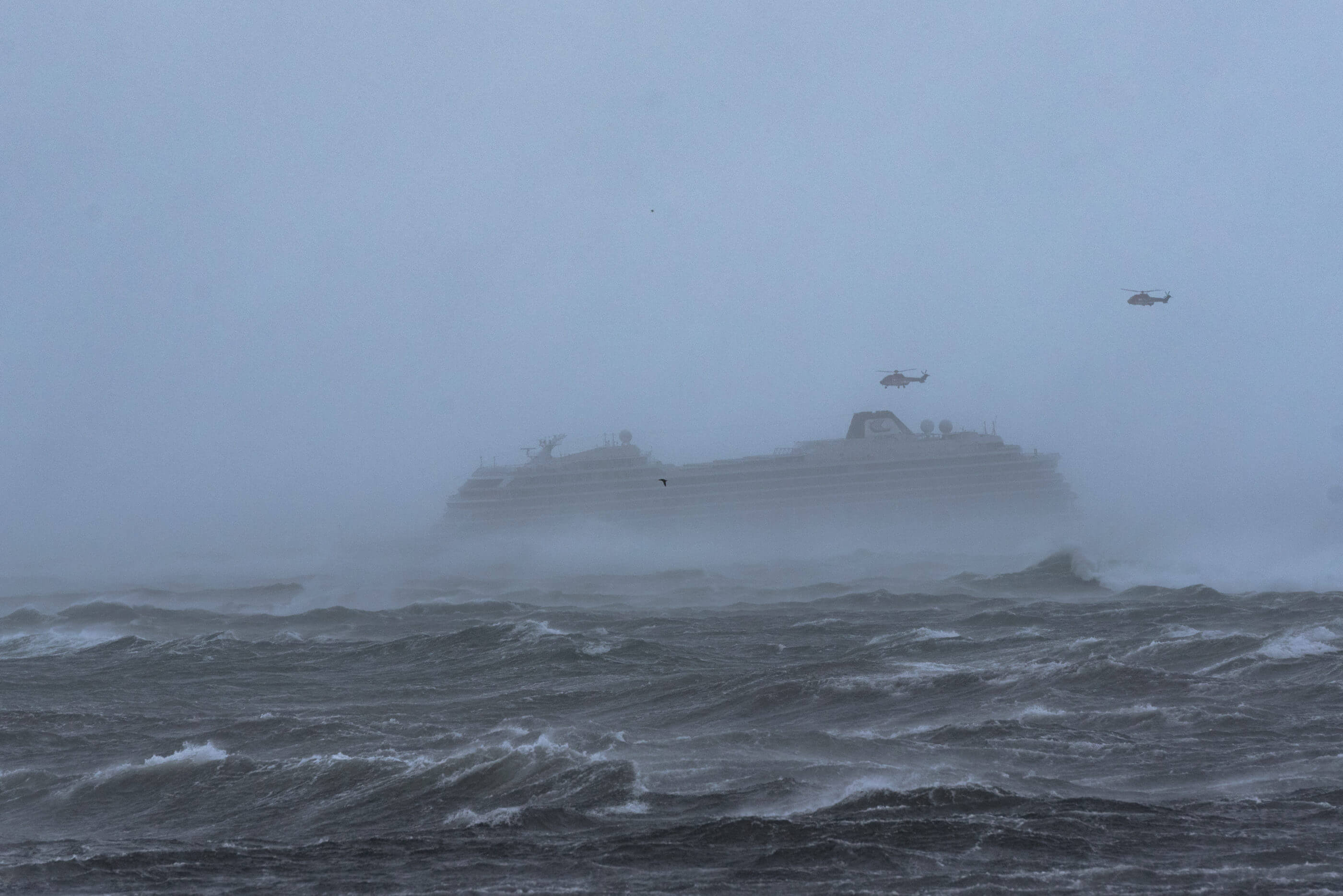
“Our crews are experienced and trained to fly in all weather conditions and we monitored crew duty times to make sure we are able to keep the teams supporting the effort well-rested. In total, six crews from our Florø, Heidrun, Statfjord and Sola bases took part (12 pilots, six hoist operators, seven rescue swimmers, one system operator, two engineers providing support on the ground and additional support from our global operations center in Dallas, Texas).”
CHC confirmed that a Norwegian Sea King helicopter also took part in rescue operations, while a Leonardo AW139 air ambulance helicopter was used to fly injured passengers from the receiving area onshore to area hospitals. According to a statement issued by Viking Cruises on March 24, “Currently we understand 20 people suffered injuries as a result of this incident, and they are all receiving care at the relevant medical centers in Norway, with some already having been discharged.”
The Viking Sky wasn’t the only vessel that ran into trouble during the storm. At one point during the cruise ship evacuation, two helicopters were diverted to rescue a reported nine crewmembers from the Hagland Captain cargo ship, which also lost engine power.
Eventually, the Viking Sky regained enough power to travel to Molde, accompanied by two offshore supply ships and one tug assist vessel.
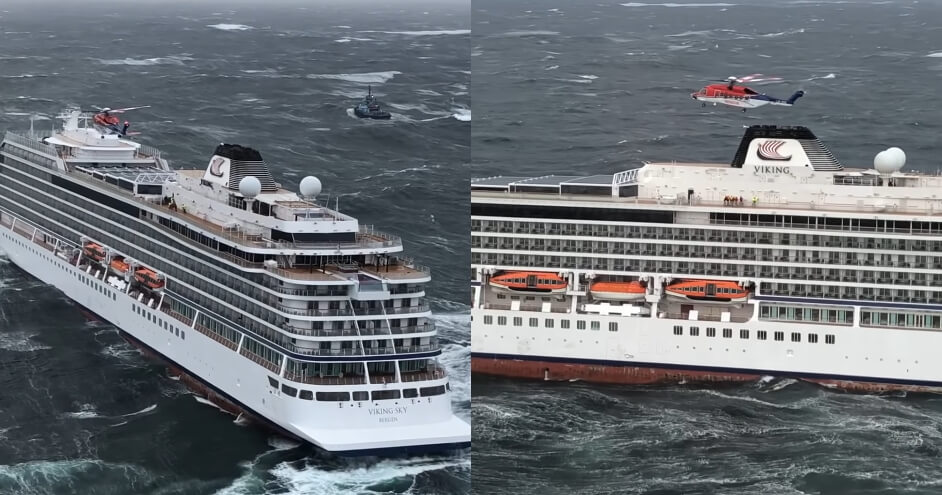
Per Andre Rykhus, general operations manager, Norway for CHC Helicopter, stated, “I am really proud of the CHC team behind this huge effort during the rescue operation. Their ability to quickly collaborate with the HRS team ensured we provided a well-organized and effective air operation that helped keep these passengers safe in challenging conditions.”





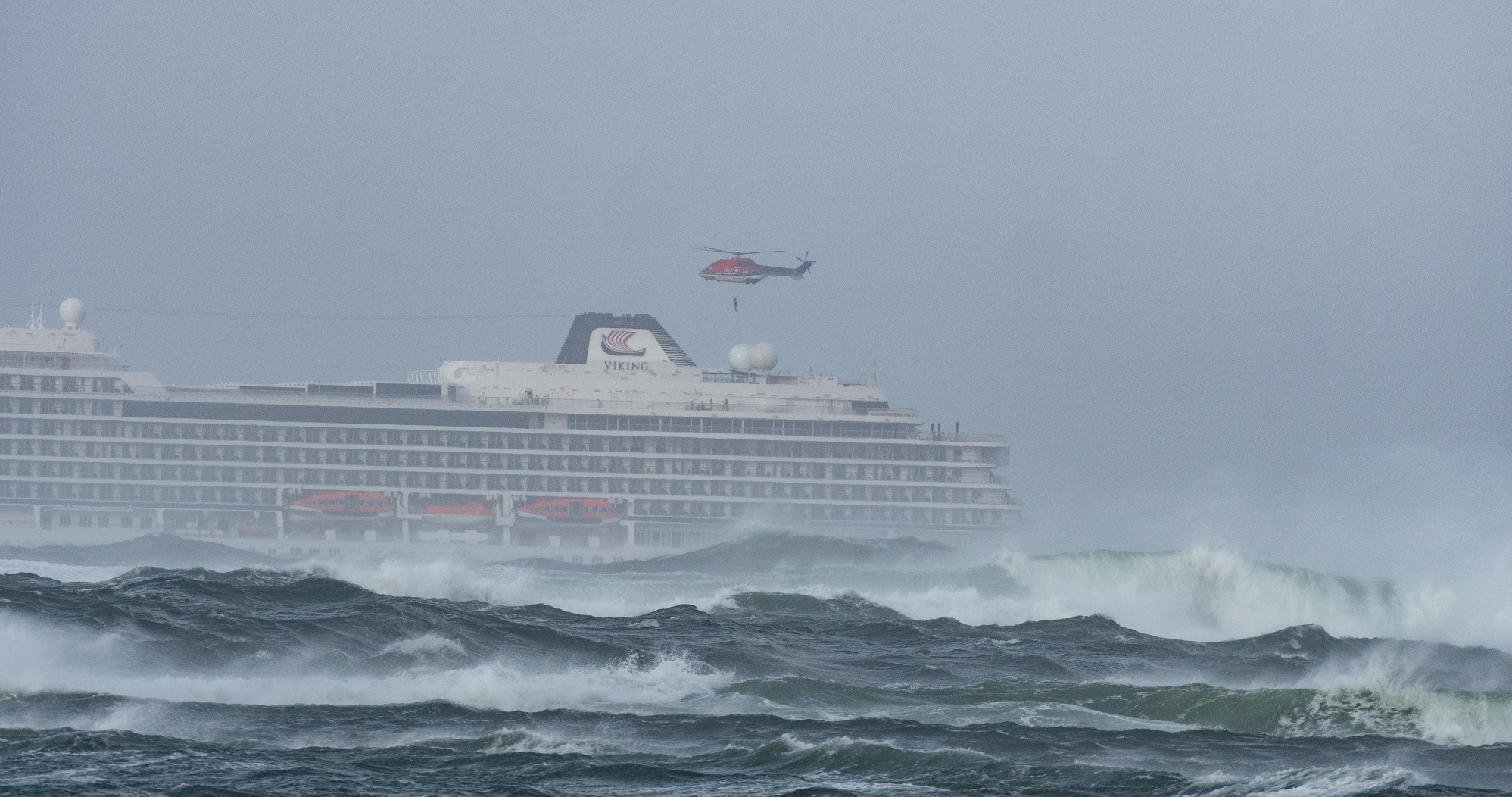
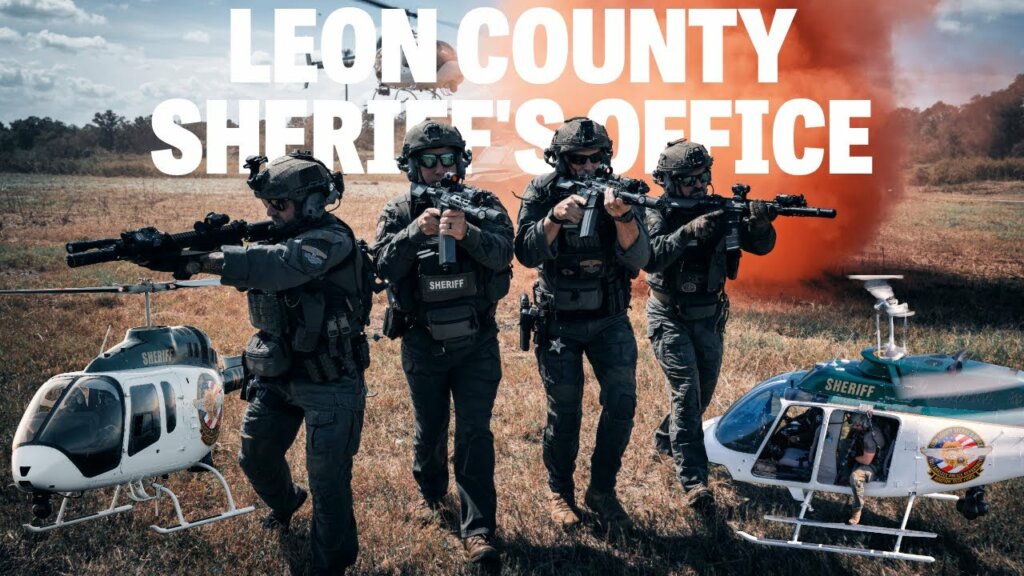



I’d be interested in reading how they decided who was winched and who remained on the ship. I realize that the ship was at some point 100 meters from rocks so it sounds like loss of the ship was a possibility and therefore rescuing as many as possible was a good option. That being said, hoisting almost 500 in less than ideal conditions is pretty high on the risk analysis matrix. Was it first come first served? Women and children first? Any crew members? Would it have been riskier to launch life boats ( my guess is yes)? I hope the whole story is written up somewhere. It would make for some very interesting reading. Of course pilot perspectives and crew chief’s perspectives as well should be heard. 15 totally petrified people in a helicopter, split families etc. must have been a handful for the flight crews. Mass operations like this are rare as hen’s teeth.
As the former Chairman of Bristow Helicopters (Norsk) I am extremely proud of the work done by CHC, our competitor in the North Sea. Of course, I don’t know anything more than the press releases, however, when an emergency arises, competition goes by the wayside … saving lives is the number one priority. I no longer know the people involved since I retired many years ago … but a big “well done” to CHC and the pilots, crew and management. Ken Jones
And I have another thought. I watched a video clip taken by a helicopter crew member evacuating a couple of passengers. As one was hooked up you could see they were wearing a wool hat. I thought that’s not going to make it to the helicopter. Sure enough you can see it blow away half way up. Careless on the part of the crew. I wouldn’t even let someone wear eyeglasses unless covered by goggles. Lucky the hat didnt go through the tail rotor.
Outstanding performance in terrible conditions.
I applaud all of those who took part in this operation. This is an eye opener showing the importance of hoist maintenance and training.
“Within 30 minutes, our first aircraft arrived to begin hoisting passengers off the cruise ship. We were able to hoist 15 passengers off the ship per mission,” the spokesperson wrote in an email to Vertical.
I read this paragraph with interest. I assume that each of those 15 passengers were lifted individually; and therefore required 15 lift cycles. Imagine if 15 people could be lifted in a single cycle and then flown the short distance to land before the cycle was repeated. How many people could have been lifted per mission if that were possible?
Well it it possible using Multi Person Helicopter Rescue!
Very interesting story, I’m glad to work for a company that build a tough helicopter to be able to go on mission like this when we are needed. A big around of thanks goes to the crews for there able to perform in the rough conditions that were out there.
My local newspaper (www.ohio.com) had an article interviewing a local couple who were on the ship. They were paramedics and assisted with some of the people who were injured (mostly minor) or getting sick. They said the airlift focused on the oldest and people who would be at most risk if they needed to get in the lifeboats, etc. The passengers were called to muster stations. It was interesting that they said a lot of people just froze, and wouldn’t go where they were supposed to. I think many people are so removed from real crises these days.